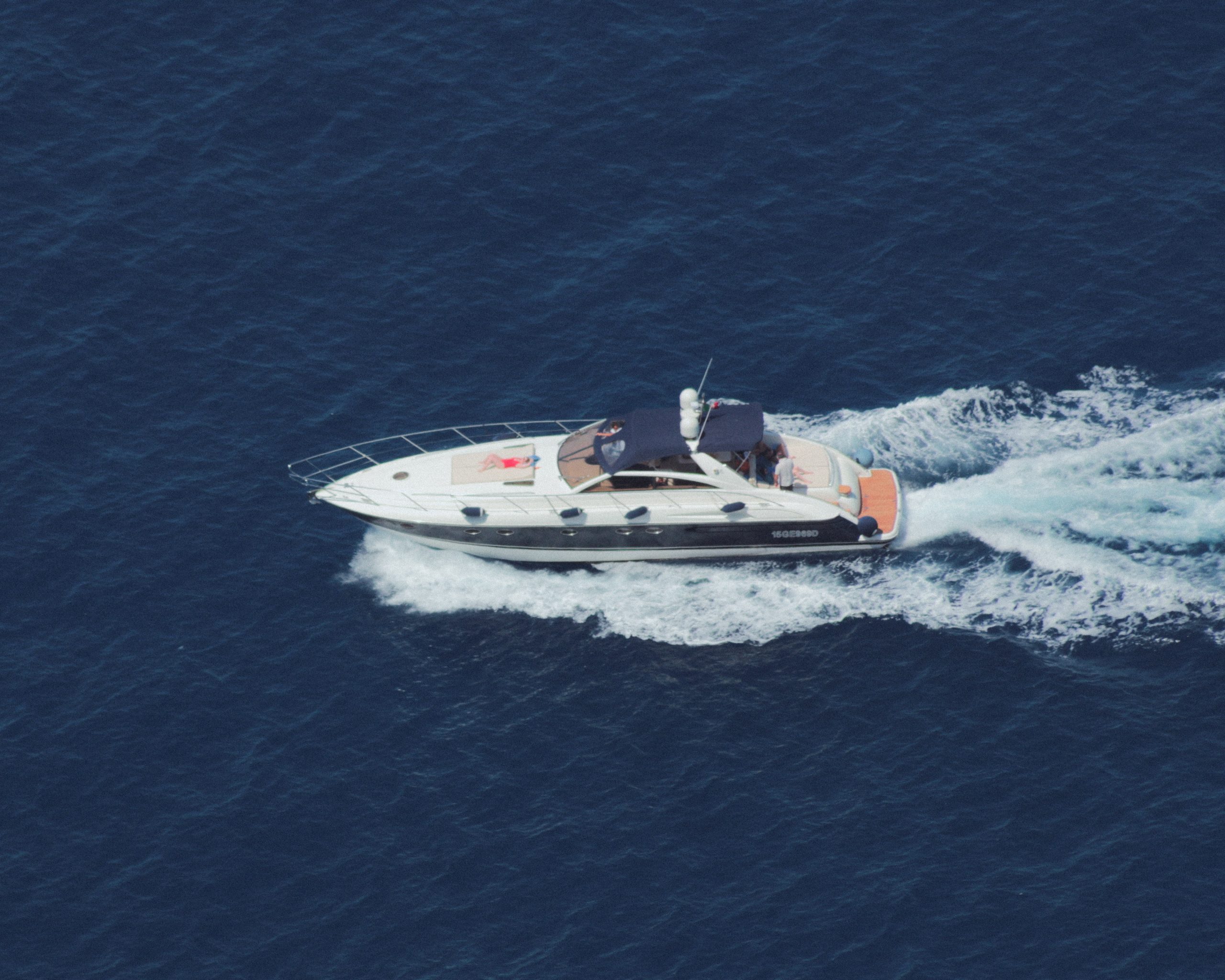
Feel the need for more speed?
Everyone has a “need for speed” at some point, whether it’s that neck jolting hole shot or flat-out running speed necessary to beat the competition to that prime fishing hole.
Always begin your quest by keeping your hull and running gear clean and free of growth, which will go a long way toward getting your glide on.
Upgrading your prop is also an inexpensive way to improve your boat’s speed. There are a number of characteristics that determine how a new propeller will perform when installed on a particular boat, however, primary factors to consider are construction material (aluminum verses stainless steel) diameter, pitch angle, and the number of propeller blades.
Aluminum props cost less and are also cheaper to repair or replace if damaged. If you damage an aluminum prop, you can repair or probably even replace it for less money that it takes to repair a stainless-steel prop.
Stainless steel props are more expensive but last longer. They’re stronger and have less flexing, so they hold a truer pitch. This in turn equates to overall better performance and fuel economy. Stainless steel props are the better choice for saltwater and for use with higher power engines.
REMEMBER
A clean bottom not only increases speed but improves fuel economy. Selecting the right prop can help improve most any aspect of boat operation, from increased pickup and higher top-end speeds to increased fuel efficiency or better load-carrying performance.
Planing Efficiency to Improve Speed
Planing efficiency means your boat will see increased speed, comfort, and fuel efficiency.
Achieving static (non moving) trim can be as simple as balancing your boat by distributing weight (e.g., passengers, coolers, portable fuel tanks) to keep the hull floating level.
Achieving stationary trim is one thing, however you’ll need to make adjustments while underway to account for speed, water conditions, and direction of travel (with regard to waves and wind). Smaller boats, for example, will ride bumpier in surface chop if left trimmed at calm-water angles.